OCTOBER 14, 2021 · AMY HECKMAN
Every day, people make the difficult decision to leave home in search of a better life. Perhaps you’ve wondered: What causes people to flee their home? Maybe you’re unsure about the differences between those living as refugees and those seeking asylum. Or perhaps you’re unsure how to reach out in compassion.
In this series, we’ll take a look at the stories of people who leave home for safety, review recent migration trends and stats, and links to helpful resources to further understand the issue and ways to help.
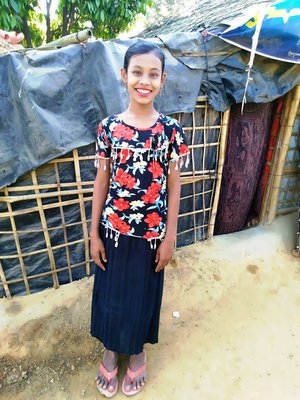
Anwara*, age 13, is one of the millions of people who have been displaced in recent years. Anwara is from the Rohingya ethnic minority—the group of people that has endured extreme violence in their home country, Myanmar. When her family’s home was burned to the ground, Anwara, her parents, and her siblings fled to Bangladesh, joining more than one million other refugees who could not return home. Now, around 880,000 Rohingya live in large camps near Cox’s Bazar, Bangladesh.
For Anwara and her siblings, leaving behind everything they knew wasn’t easy. Neither was missing months or years of schooling or coping with the traumatic memory of the violence and persecution their family experienced before they fled.
“I lost my education life, my dreams, and my hopes for the future,” she says.
As Nazarene volunteers and Nazarene Compassionate Ministries staff in Bangladesh heard stories like Anwara’s, they realized that the Rohingya refugee children in their country needed stability and compassion. They opened a child-friendly space in the Cox’s Bazar camp as a place for tutoring, health and hygiene lessons, nutritional support, and trauma-informed group and individual counseling services.
The child-friendly space is helping Anwara and almost 100 children like her to process hard memories, cope with life in the camp, and begin the healing process.
“I started again dreaming in my life,” Anwara says.
Parents can also participate, and many adults have also accessed mental health and other support through the project. Many have become engaged as volunteers and tutors themselves.
The Rohingya people who have taken refuge in Bangladesh are just a part of the 26.4 million refugees around the world. There are also many millions of other people who left their homes but do not legally qualify for refugee status. It’s important to know both the different terms used when discussing people on the move and the legal options available to them as they try to make a new life.
*Children’s names are changed for privacy and protection.
DEFINING TERMS
o Refugee: Refugees are people who have fled violence or persecution and have crossed an international border to find safety in another country, and cannot return home due to that danger. You can read about the law defining the term here. Refugees are eligible to apply for assistance from the United Nations, governments, and assistance organizations, and they can apply for permanent resettlement.
o Internally Displaced Person: Someone who has fled their home and found refuge within their country of origin.
o Asylum Seeker: A person who has left their country of origin to request protection and sanctuary in a new country. The term seeker implies that their request for sanctuary has yet to be processed. (In the United States, asylum seekers must ask for asylum either at a border crossing or once inside the country. There is no legal way to apply for asylum from their country of origin.)
o Asylee: An asylum-seeker who has been granted legal protection upon arrival to a new country.
o Migrant: Generally, the term refers to people who choose to travel out of their country of origin who are not asylum seekers or refugees. Migrants may leave to better their economic status through job or educational opportunities, or to try to join family in another country. Some migrants may move to alleviate hardships from disasters, climate crises, food insecurity, or poverty. Others might leave to avoid gang violence, political instability or unrest, or economic crises.
LEARN MORE
Review the varying types of displaced people through these educational videos from the United Nations High Commissioner for Refugees, a UN agency that aids and protects refugees, forcibly displaced, and stateless people, and assists in their repatriation, local integration, or resettlement.

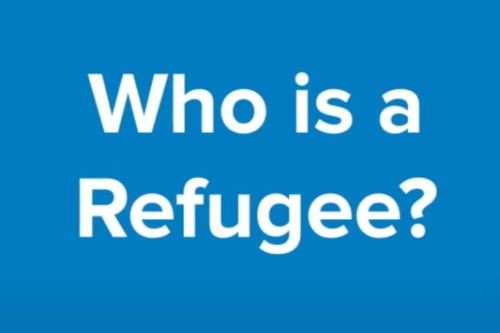
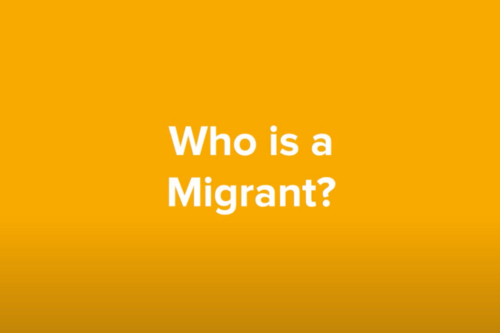
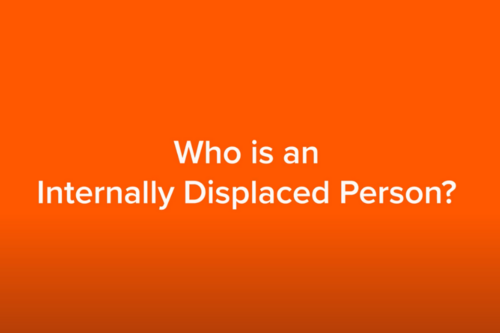
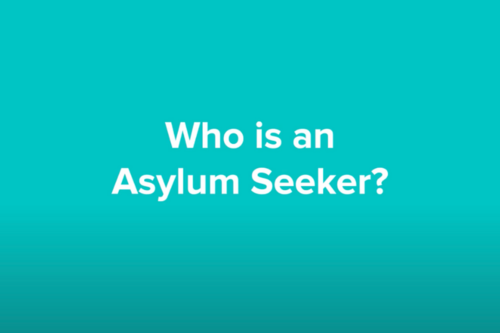
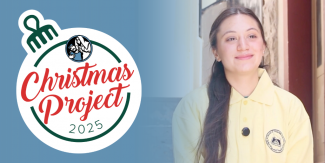


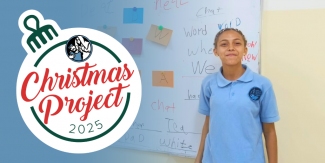
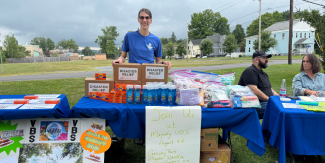
Add new comment